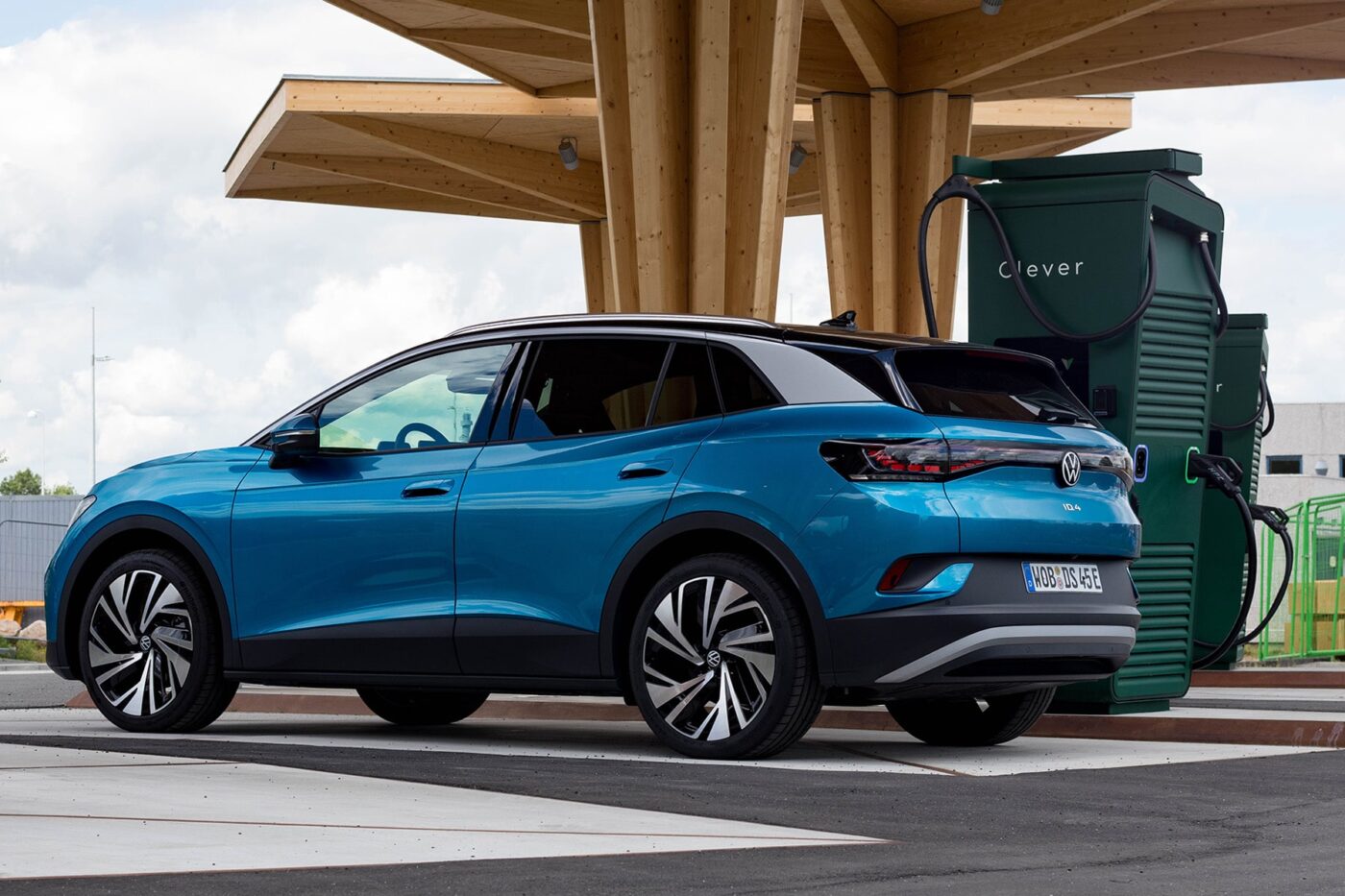EV registrations rise by 28 per cent in the EU
In January and February 2024, the BEV market share was still at 11.5 per cent. In the first two months of 2025, three of the four largest markets in the EU, which account for 64 per cent of all BEV registrations, recorded strong double-digit growth: Germany (+41%), Belgium (+38%) and the Netherlands (+25%). In contrast, there was a slight decline of 1.3 per cent in France.
The market trend for electric cars was therefore positive, but that of the overall market was not. In January and February, new registrations across all drive types in the EU fell by three per cent compared to the same period last year. Major markets such as Italy (-6 per cent), Germany (-4.6 per cent) and France (-3.3 per cent) were all down.
Looking not at the start of the year, but only at February, the ACEA statistics for the EU show 131,275 new BEVs, 23.7 per cent more than in February 2024. According to the ACEA, 35,949 new electric cars hit the roads in Germany, which has been known from the KBA figures since the beginning of March. In France, the second-largest EU market, new BEV registrations fell by 1.9 per cent to 25,335 units, with Belgium (13,040 BEVs, +38.9%) overtaking the Netherlands (10,174 BEVs, +22.4%). If the EFTA countries and the United Kingdom are also included in Europe (resulting in a total of 164,646 new BEVs), the UK would take third place between France and Belgium with 21,244 BEVs (+41.7 %).
BEVs grow strongly, PHEVs remain constant
The market experts from JATO Dynamics published very similar figures the day before. In the JATO statistics, 164,148 new electric cars are listed for February, compared to the 164,646 new BEVs from the ACEA statistics. JATO Dynamics provides the figures for the EU, EFTA (Iceland, Norway, Switzerland and Liechtenstein) and the UK, while the ACEA provides a more detailed breakdown.
The same applies to plug-in hybrids: JATO has cited 72,639 new PHEVs here. The ACEA’s total is 72,545 plug-in hybrids, exactly one vehicle more than in February 2025. However, there were only 63,570 new registrations of part-time electric vehicles across the EU, 1.4 per cent fewer than in the same month last year.
Let’s take another look at the ACEA figures for the EU: the most popular drive type with over 304,000 units (+19%) are mild and full hybrids. New registrations of pure combustion engines fell by 22.4 per cent (to 244,073 vehicles) in the case of petrol cars and by 28.8 per cent to 80,569 vehicles in the case of diesel cars. All but three of the ‘other’ drive types remained at the previous year’s level with around 30,000 units.
However, the exact breakdown by drive type is only available in the published ACEA statistics for the markets, not for the manufacturers – only the figures for all drive types are shown there, which means that statements on electric car sales are only possible for purely electric car manufacturers. This limits the selection to Tesla and Smart.
Tesla’s new registrations in the EU amounted to 19,046 electric cars in the first two months of the year, 49 per cent below the figure for the same period in 2024 – with a market share of 1.1 per cent instead of 2.1 per cent. The ACEA reported 11,743 new Teslas for February, 47.1 per cent down on the previous year. Things look even worse for Smart: In February, new EU registrations were 60.1 per cent down on the previous year at just 771 vehicles, and in January and February, Smart has 1,829 new registrations on its balance sheet so far instead of 4,178 – 56.2 per cent fewer than in 2024.
acea.auto (PDF)





0 Comments